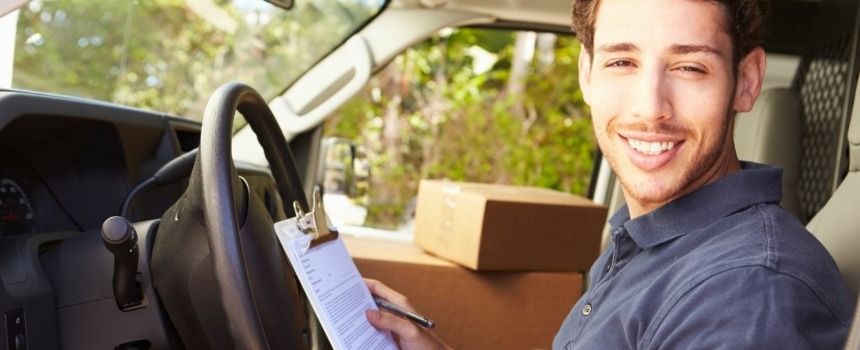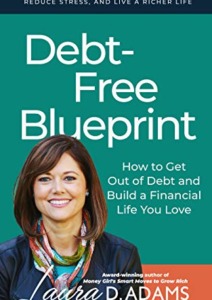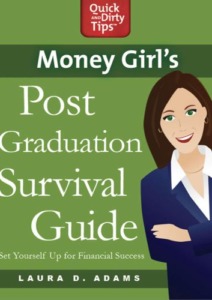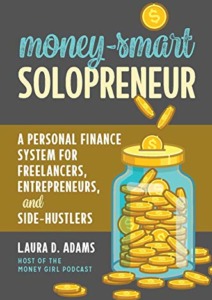There are more than 1.3 million delivery drivers in the U.S. Many of them have days jobs and use apps like Uber Eats, DoorDash, Instacart, and Shipt, to make extra cash on the side.
If you’re one of them, it’s essential to understand that your personal auto insurance policy likely doesn’t cover you when driving for an app. You may need a commercial policy or add-on coverage to stay safe while driving for business.
When you take on delivery driver jobs, it’s vital to have the right auto insurance coverage. Here are five insurance tips to get the coverage you need when you drive for your business or part-time side-hustle.
1. Understand how auto insurance works for delivery drivers.
In most cases, your auto policy only covers you when your drive a vehicle for personal use. The moment you clock into an app and start picking up jobs, you’re using your car for business. That means your insurer could deny your claim if you get into an accident while working.
For example, Allstate, GEICO, and Progressive have clear statements in their auto insurance policies that they don’t cover claims made by an employed delivery driver. So, if you make a business-related claim on your personal insurance, you could be accused of fraud and even lose coverage.
2. Research your options for delivery driver insurance.
The good news is that you have several options for getting auto insurance when you use your vehicle for business. If you’re currently uninsured or underinsured as a delivery driver, consider the following:
- Commercial auto insurance policies offer reliable coverage for business owners, including delivery drivers. The downside is that they can be expensive compared to other options.
- Delivery coverage add-on is offered by many big-name insurers for your personal policy when you do delivery or rideshare work. It may cost less than stand-alone commercial auto insurance.
- Hybrid policies are personal and commercial auto insurance rolled into one. They have the flexibility to cover you when you’re on and off the job.
3. Find out what coverage your delivery app offers.
Some on-demand delivery services, such as Uber Eats and DoorDash, provide basic commercial coverage for their drivers. But they often have coverage gaps that don’t protect you in all situations.
For example, Uber Eats offers supplemental insurance for their food delivery drivers. And they provide comprehensive and collision coverages if you have them on your personal policy.
However, there’s a catch: You’re typically not covered if you get into an accident between deliveries, leaving you at significant financial risk. So, many drivers purchase Uber Eats insurance to have protection no matter when an accident may happen.
Important: Apps like Instacart and Grubhub don’t provide auto insurance coverage for their drivers. So, it’s critical to purchase additional insurance coverage when driving for them.
4. Deduct your auto expenses.
If you use your vehicle solely for business, you can deduct its entire cost on your taxes. However, if you use it for business and personal purposes, you can claim the portion used for your delivery business.
You must track your vehicle expenses throughout the year (such as gas, oil, repairs, and insurance) or claim a standard amount per business mile driven. Use a paper mileage log or an app like MileIQ to automatically track your vehicle’s location and mileage so you can claim a vehicle tax deduction and save money.
5. Shop and compare auto rates.
On-demand delivery apps have become so popular that almost every auto insurer offers a commercial policy or delivery coverage add-on. Here are companies to shop for the best coverage and price:
- Cheap Insurance
- State Farm
- GEICO
- USAA
- Erie Insurance
- Progressive
- Allstate (only covers Uber Eats, Lyft, and Uber)
Whether you work as a delivery driver part- or full-time, having the right auto insurance is essential. Even if your delivery app offers basic coverage, it may not be enough to protect you in all situations.
















Comments